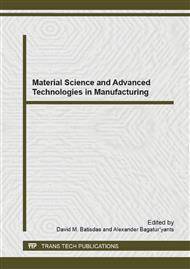p.561
p.567
p.573
p.578
p.583
p.588
p.593
p.597
p.602
3D Numerical Analysis about Effect of Seal Clearance on Labyrinth Seal Performance
Abstract:
In this paper, the GAMBIT of 3D model was adopted to divide the labyrinth gap in an unstructured approach. Simulation was carried out on one of the important factors which affect the labyrinth seal performance---the seal clearance. The results were compared with the simulation data of the 2D model. The experimental results prove that the effects of the circumferential turbulence make energy dissipation of the sealed cavity exacerbated; the throttling effect of the sealed cavity is significant and it plays a role that cannot be ignored in changing the labyrinth seal performance.
Info:
Periodical:
Pages:
583-587
Citation:
Online since:
January 2014
Authors:
Keywords:
Price:
Сopyright:
© 2014 Trans Tech Publications Ltd. All Rights Reserved
Share:
Citation:


